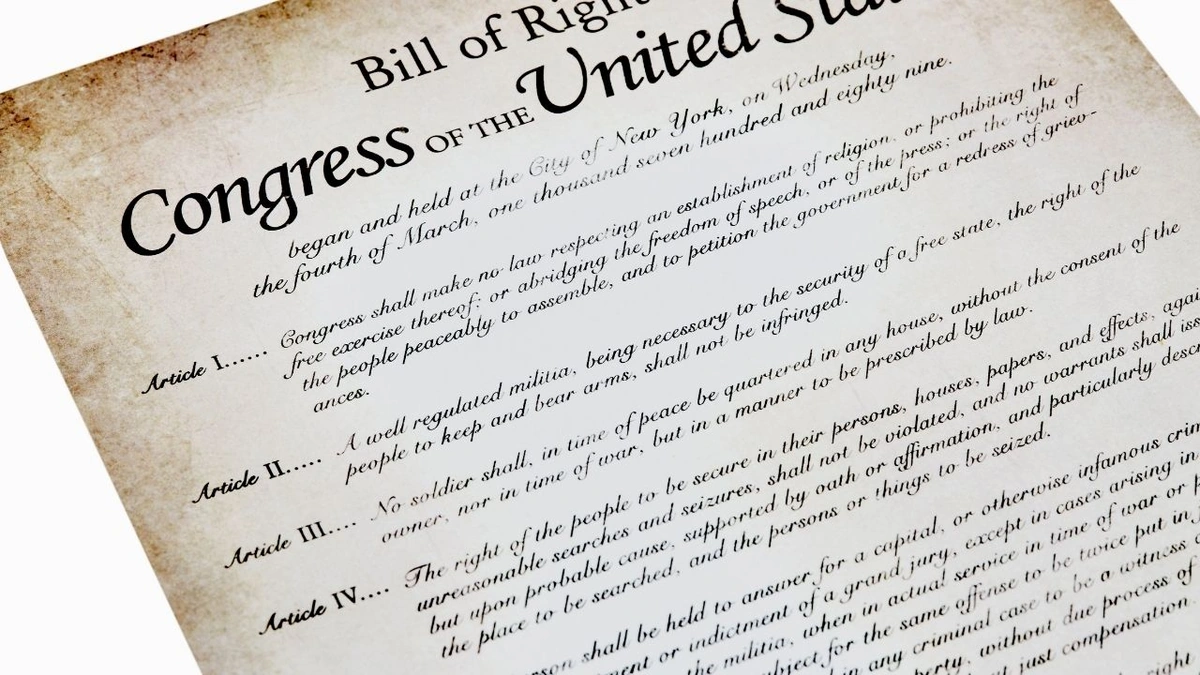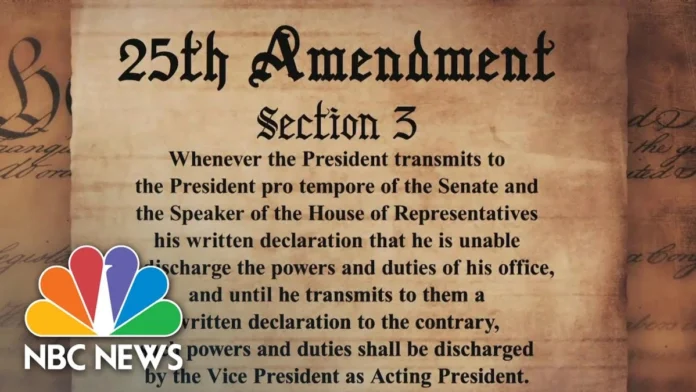Okay, let’s be honest. When you hear about the 25th Amendment, your eyes might glaze over. It sounds like some dusty, old legal document that only constitutional law professors care about. But here’s the thing: it’s actually a pretty big deal, especially in times of political uncertainty. It’s not just about who takes over when a President can’t do their job; it’s about the stability of the entire government. So, what exactly is this amendment, and why should you care about presidential disability ? Let’s dive in.
The Basics | Presidential Succession and Disability

The 25th Amendment, ratified in 1967, primarily addresses two critical issues: presidential succession and presidential disability. Before its passage, the Constitution was a bit vague on what happened if a President died, resigned, or became incapacitated. The Vice President was supposed to take over, but the details were fuzzy. What happens if the VP slot is also vacant? What if the President is alive but completely unable to fulfill his duties? The 25th Amendment cleared up a lot of that confusion. Its creation was significantly influenced by the assassination of JFK, and the concern that the nation would be in crisis should a similar event occur.
Section 1 formally states that the Vice President becomes President if the President is removed from office, dies, or resigns. Straightforward enough, right? Section 2 deals with the scenario where the Vice President position is vacant. The President nominates a new Vice President, who then assumes office upon confirmation by a majority vote of both houses of Congress. Think of it as a ‘designated survivor’ plan, ensuring a clear line of succession.
The Heart of the Matter | What Constitutes ‘Inability’?
This is where things get interesting – and a little complicated. Section 3 and 4 of the 25th Amendment address presidential disability . Section 3 allows the President to temporarily transfer power to the Vice President, like if they’re undergoing surgery. They simply write a letter to the Speaker of the House and the President Pro Tempore of the Senate, and the VP becomes Acting President until the President sends another letter saying they’re good to go. Easy peasy.
But Section 4? That’s the real kicker. This is where the Vice President, along with a majority of the Cabinet (or another body Congress designates), can declare the President unable to discharge the powers and duties of their office. And that triggers the Vice President becoming Acting President. How does invoking Section 4 work in practice? What fascinates me is that this has never been fully tested in a situation where the President disputes the claim of their disability.
Now, let me rephrase that for clarity… the big question is: what does ‘inability’ actually mean? The amendment doesn’t define it, and that’s deliberate. It’s meant to be flexible enough to cover a range of scenarios, from physical incapacity to mental instability. But that ambiguity also opens the door for political maneuvering. Imagine a situation where the Cabinet and VP disagree with the President’s policies and try to use Section 4 to remove them. It could create a constitutional crisis.
The Political Minefield | Potential for Abuse
Let’s be blunt: The 25th Amendment, while necessary, is also a political loaded gun. The potential for abuse is definitely there. What happens if a Vice President and Cabinet, driven by political ambition or ideological differences, try to remove a President they simply disagree with? It’s a slippery slope. Check this out for related context.
That’s why the process for invoking Section 4 is so carefully laid out. If the President disputes the claim of disability, Congress has to decide the issue. It requires a two-thirds vote in both the House and Senate to permanently remove the President. If they can’t reach that threshold, the President regains their powers. It is a system of checks and balances designed to prevent a coup, but it’s not foolproof.
Historical Context and the Few Times It’s Been Used
Interestingly, Sections 1 and 2 (succession and VP vacancy) have been used a few times. Gerald Ford became Vice President under Section 2 after Spiro Agnew resigned, and then President after Richard Nixon resigned. Sections 3 and 4, however, have seen less action. Section 3 has been invoked several times when Presidents have undergone medical procedures, temporarily transferring power to the VP. But Section 4? Never. It remains a theoretical tool, a constitutional safety valve that has never been fully put to the test.
A common mistake I see people make is thinking it has only been used for medical procedures, the 25th Amendment’s impact on presidential power goes far beyond that.
Why the 25th Amendment Still Matters Today
In today’s politically charged environment, the 25th Amendment is more relevant than ever. We live in a time of intense partisan division and increasing concerns about the mental and physical health of our leaders. The amendment provides a framework for addressing those concerns, but it also raises serious questions about the balance of power and the potential for political manipulation. It ensures orderly transfer of power , but comes with some risks.
The 25th Amendment is not just a historical footnote; it’s a living document that continues to shape our understanding of the presidency and the stability of our government. Understanding its nuances and potential implications is crucial for every citizen. It’s not about taking sides; it’s about ensuring that our government functions effectively and responsibly, no matter what challenges we face.
Looking for more information, check out The National Archives
Check out this important update here.
FAQ About the 25th Amendment
What is Section 1 of the 25th Amendment?
Section 1 clarifies that the Vice President becomes President if the President is removed, dies, or resigns.
How does Section 3 work?
Section 3 allows a President to temporarily transfer power to the Vice President, usually for medical reasons.
What’s the difference between Section 3 and Section 4?
Section 3 is initiated by the President, while Section 4 is invoked by the Vice President and a majority of the Cabinet (or another body designated by Congress) when they believe the President is unable to perform their duties.
Has Section 4 ever been used to remove a President?
No, Section 4 has never been used to remove a President from office.
What happens if the President disputes a Section 4 declaration?
Congress must then decide the issue, requiring a two-thirds vote in both the House and Senate to permanently remove the President. If they don’t reach that threshold, the President regains power.
What is the Vice President’s role during a presidential disability?
During a period of presidential disability, the Vice President assumes the role of Acting President, exercising all the powers and duties of the office.

